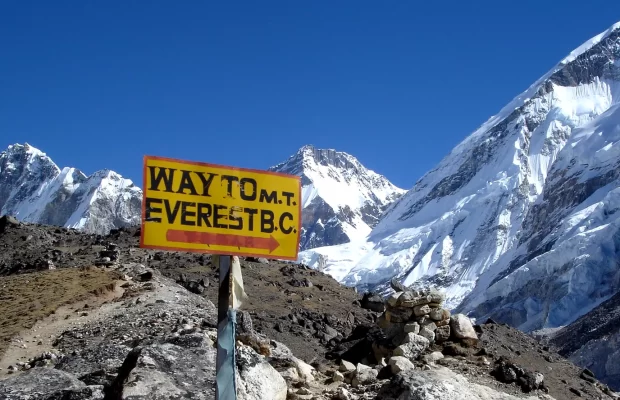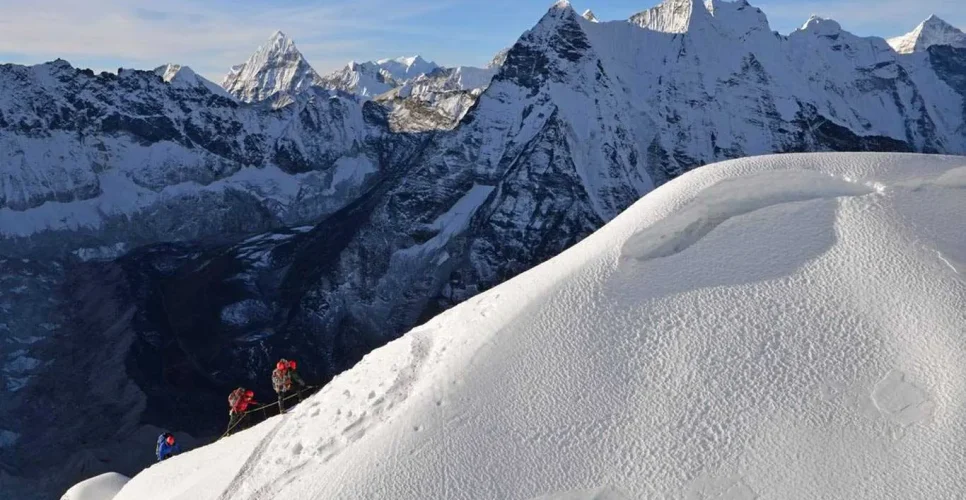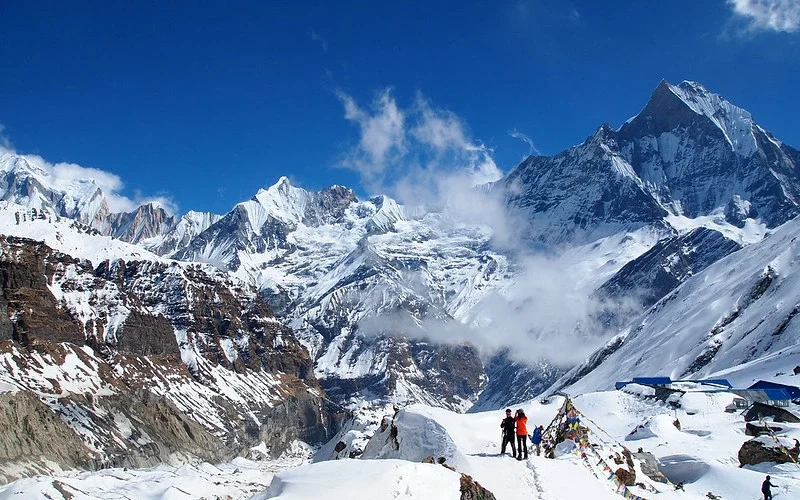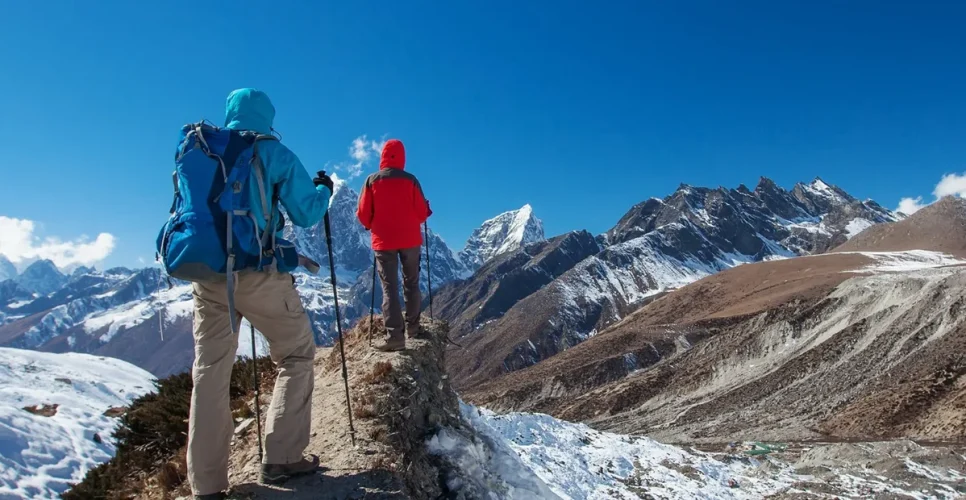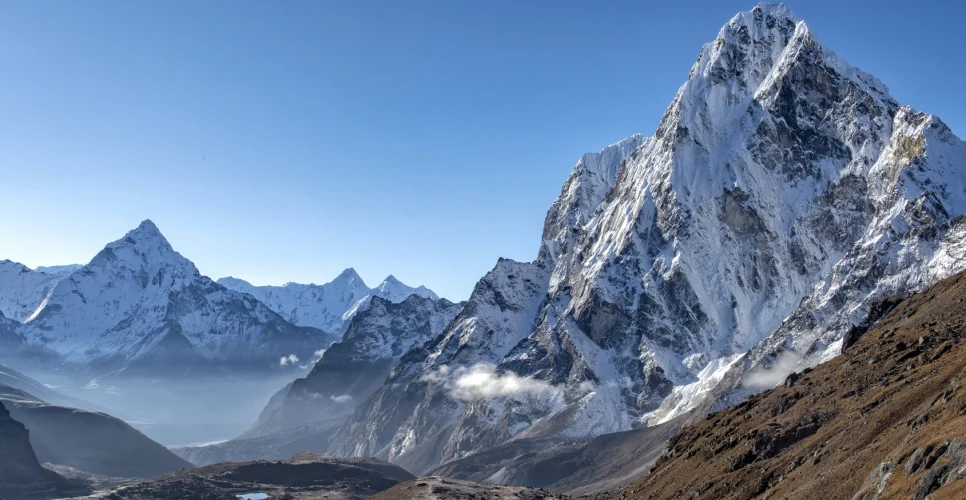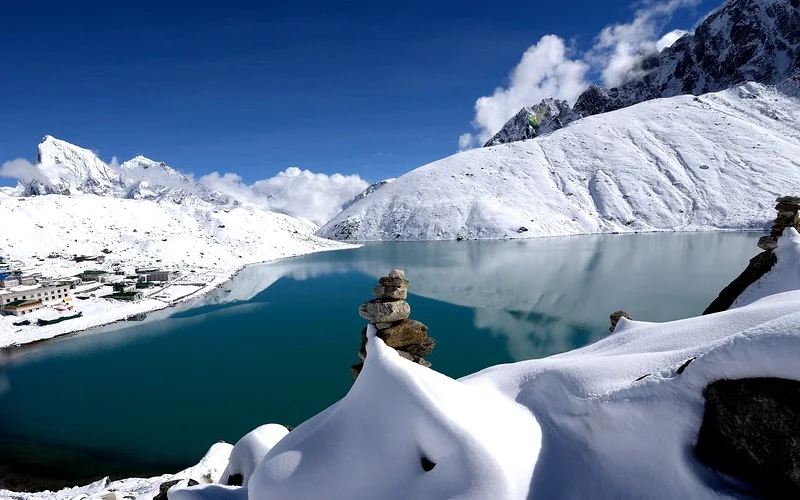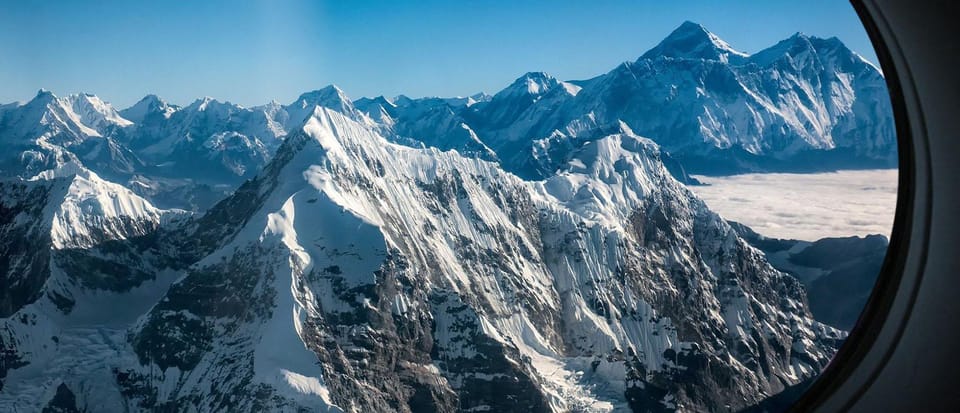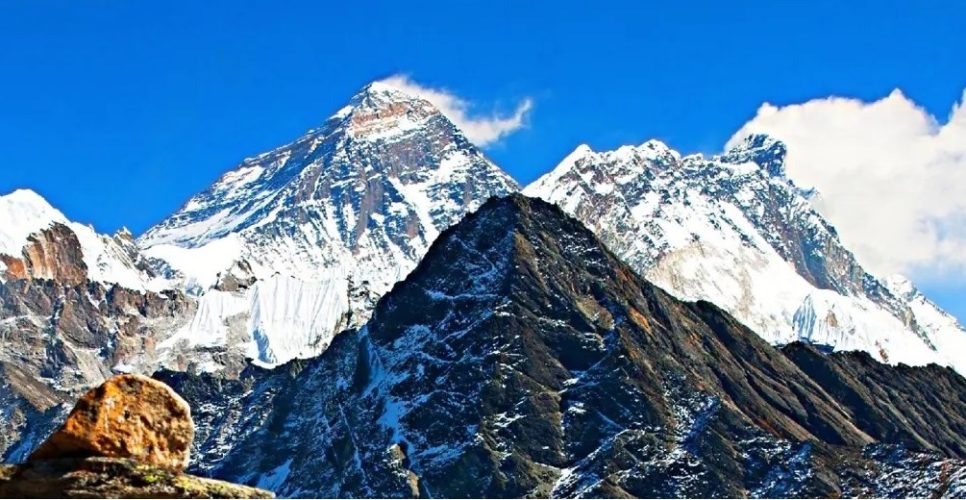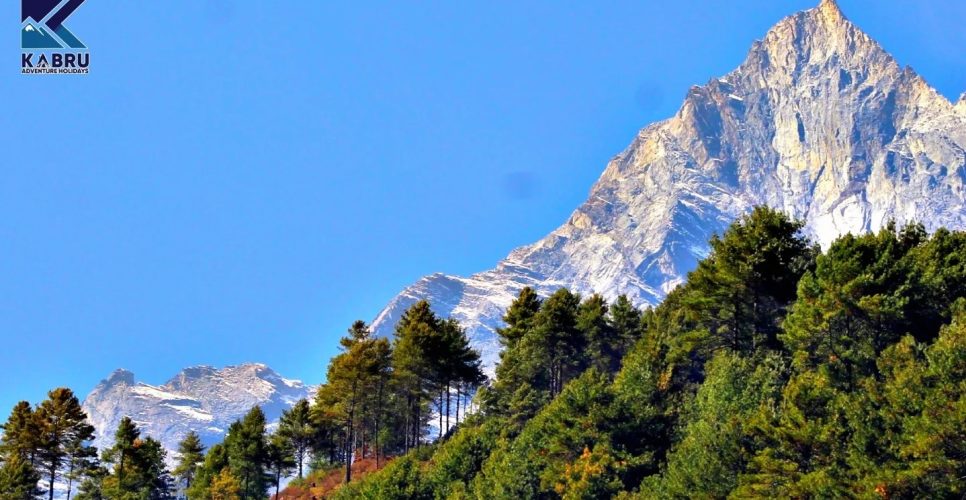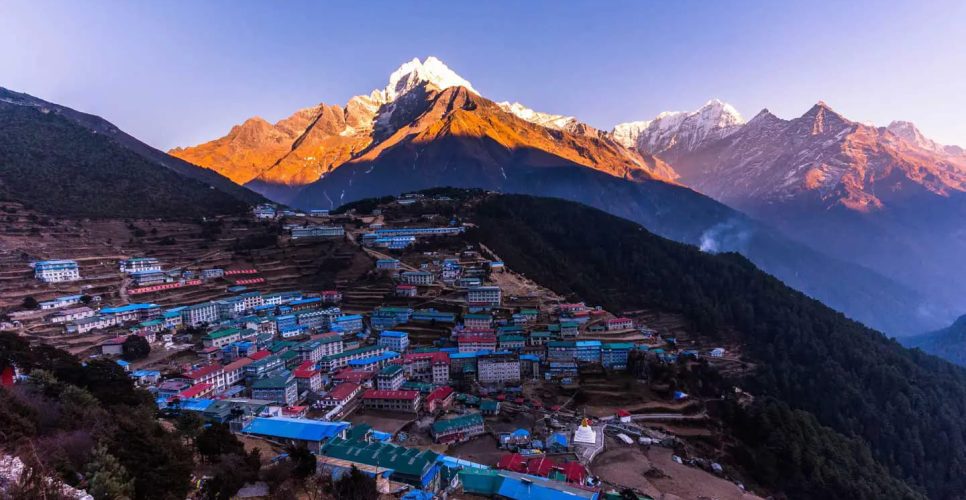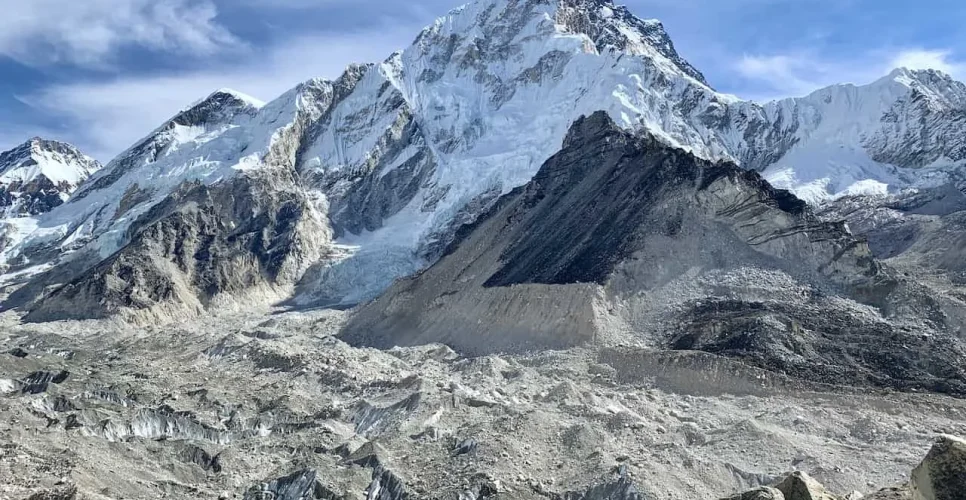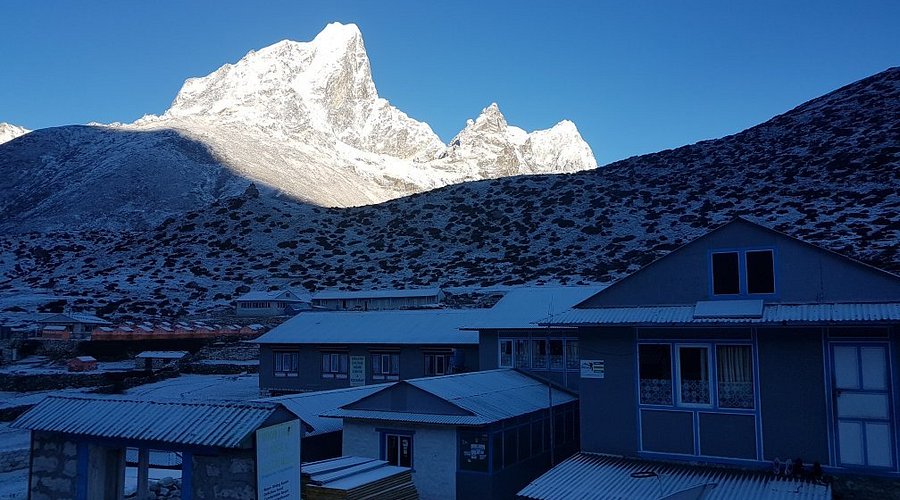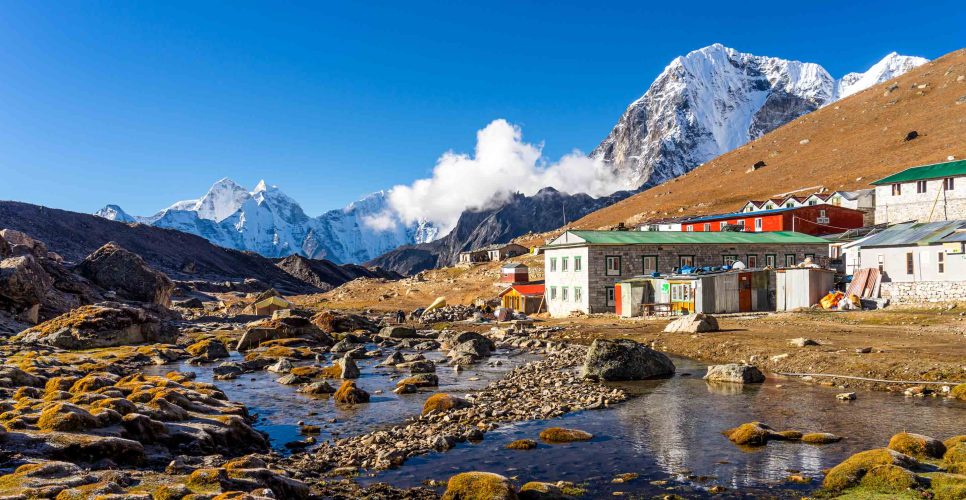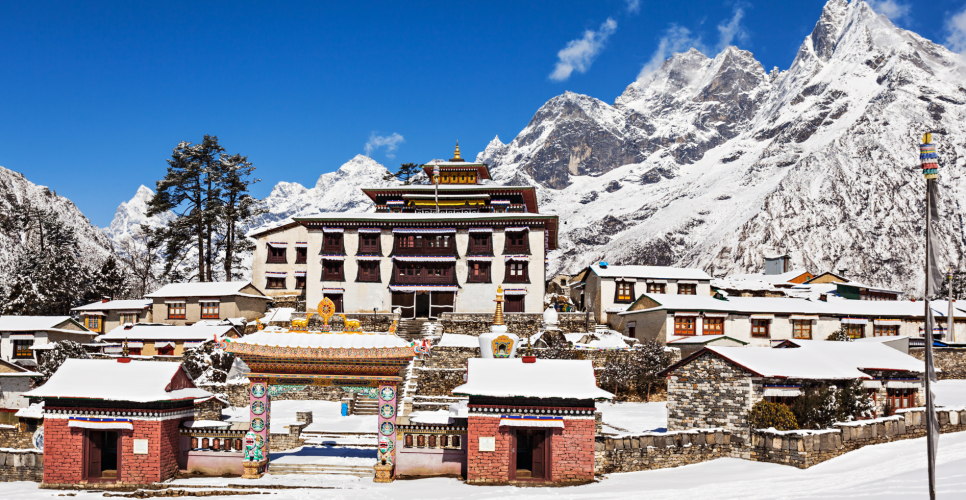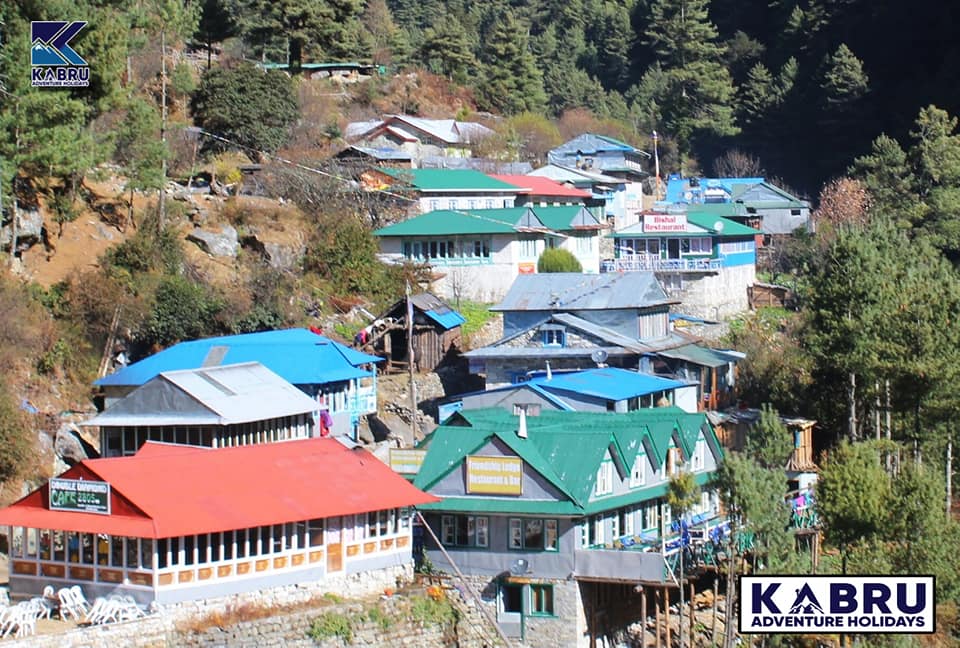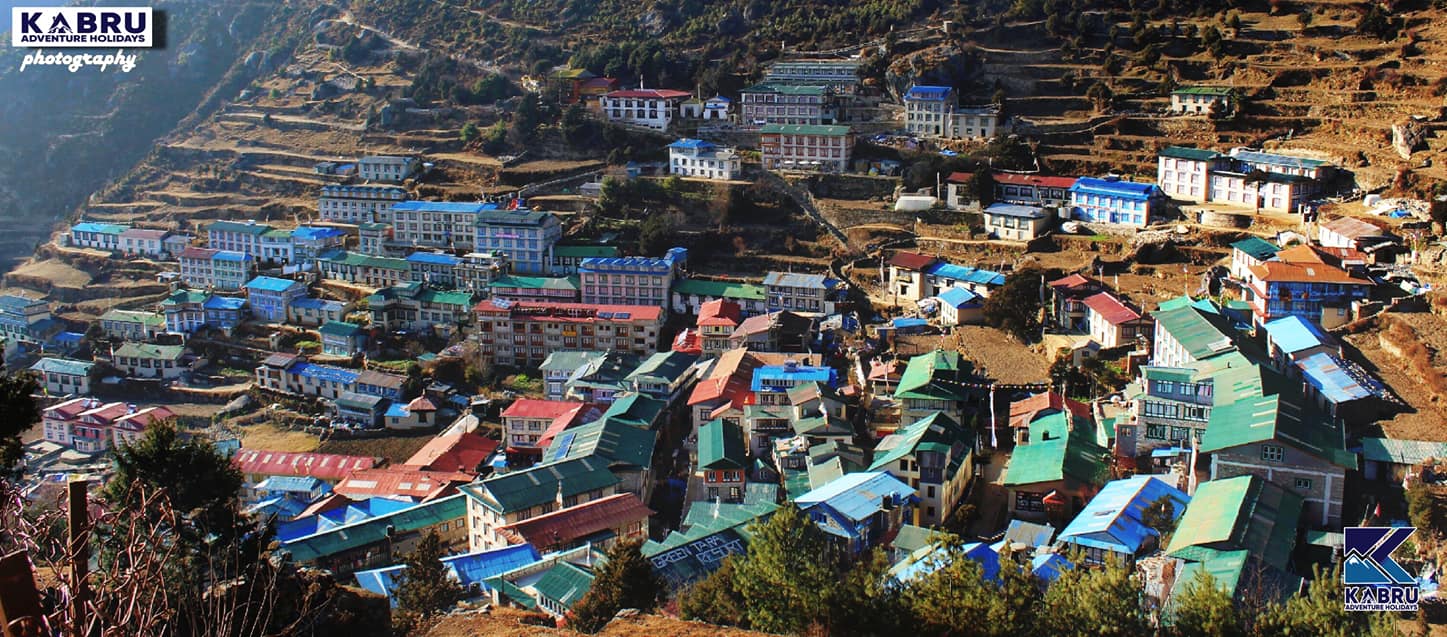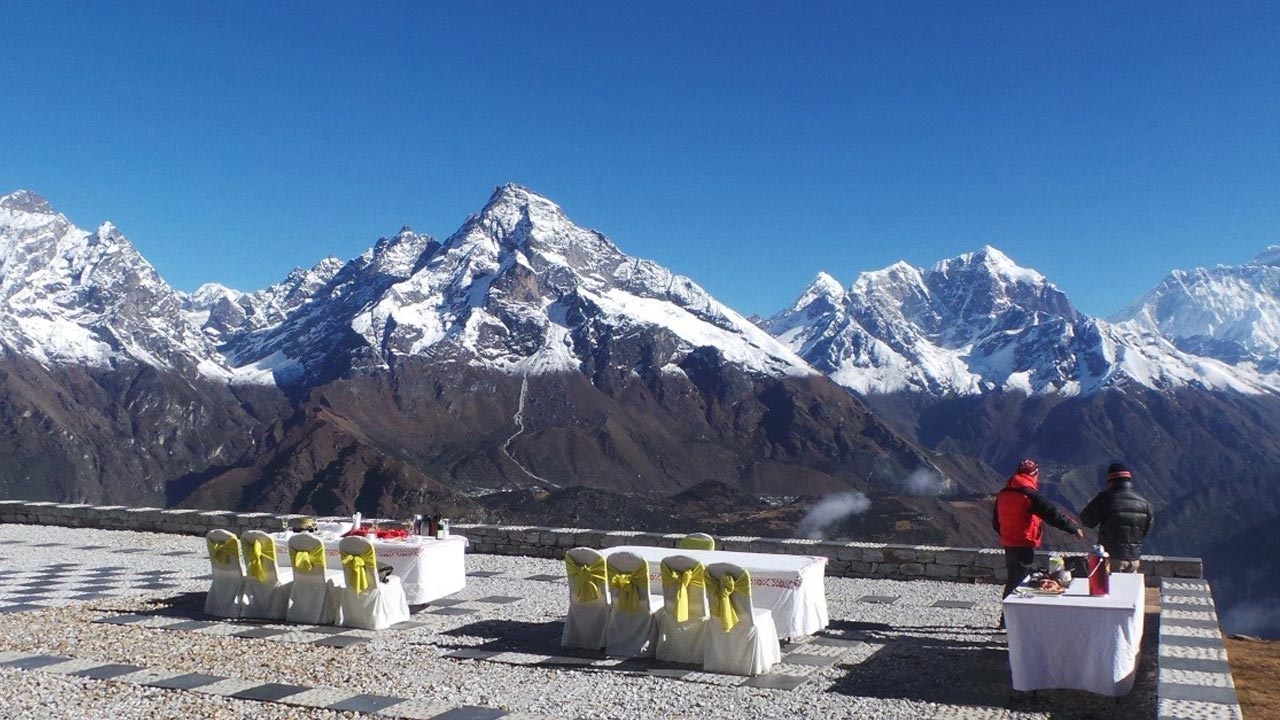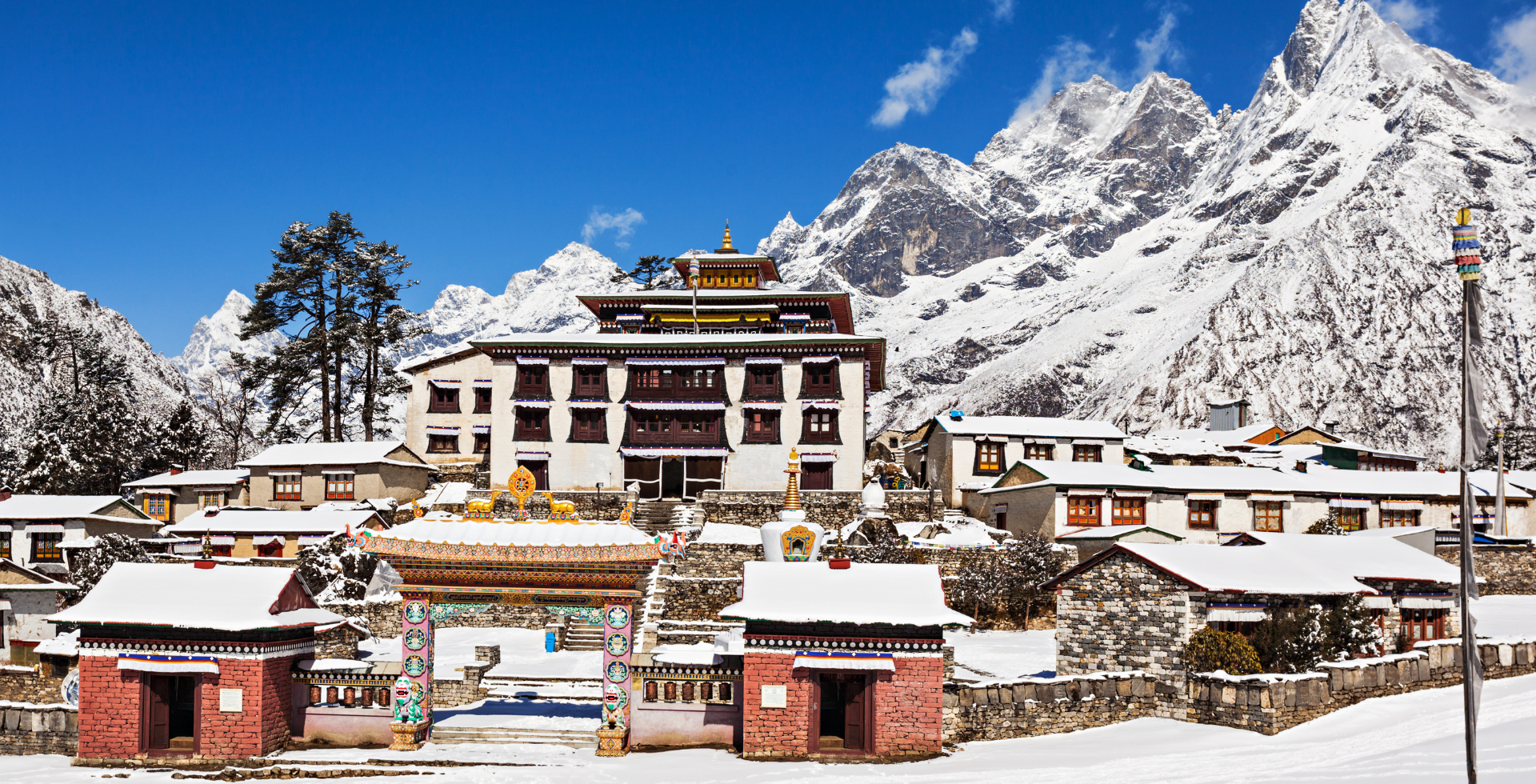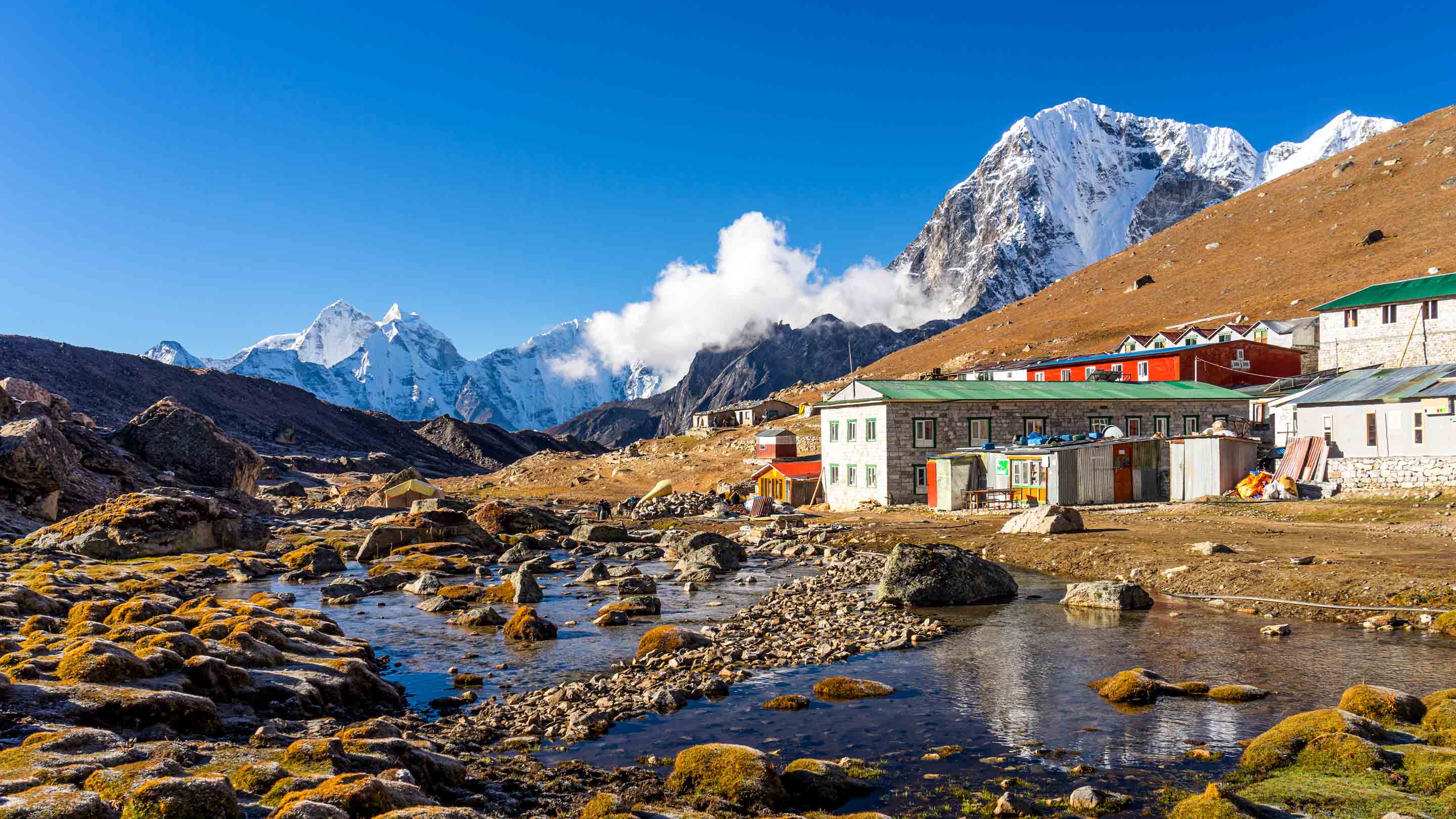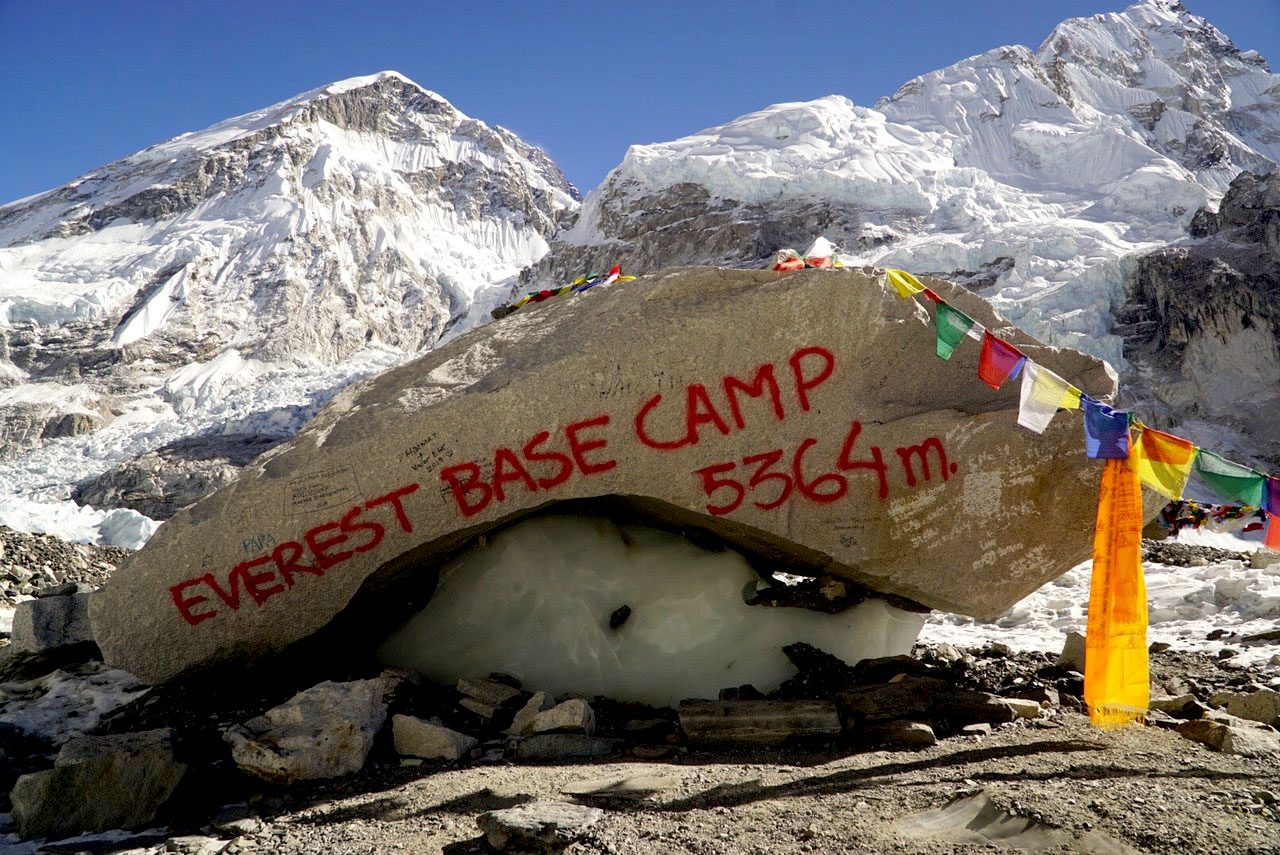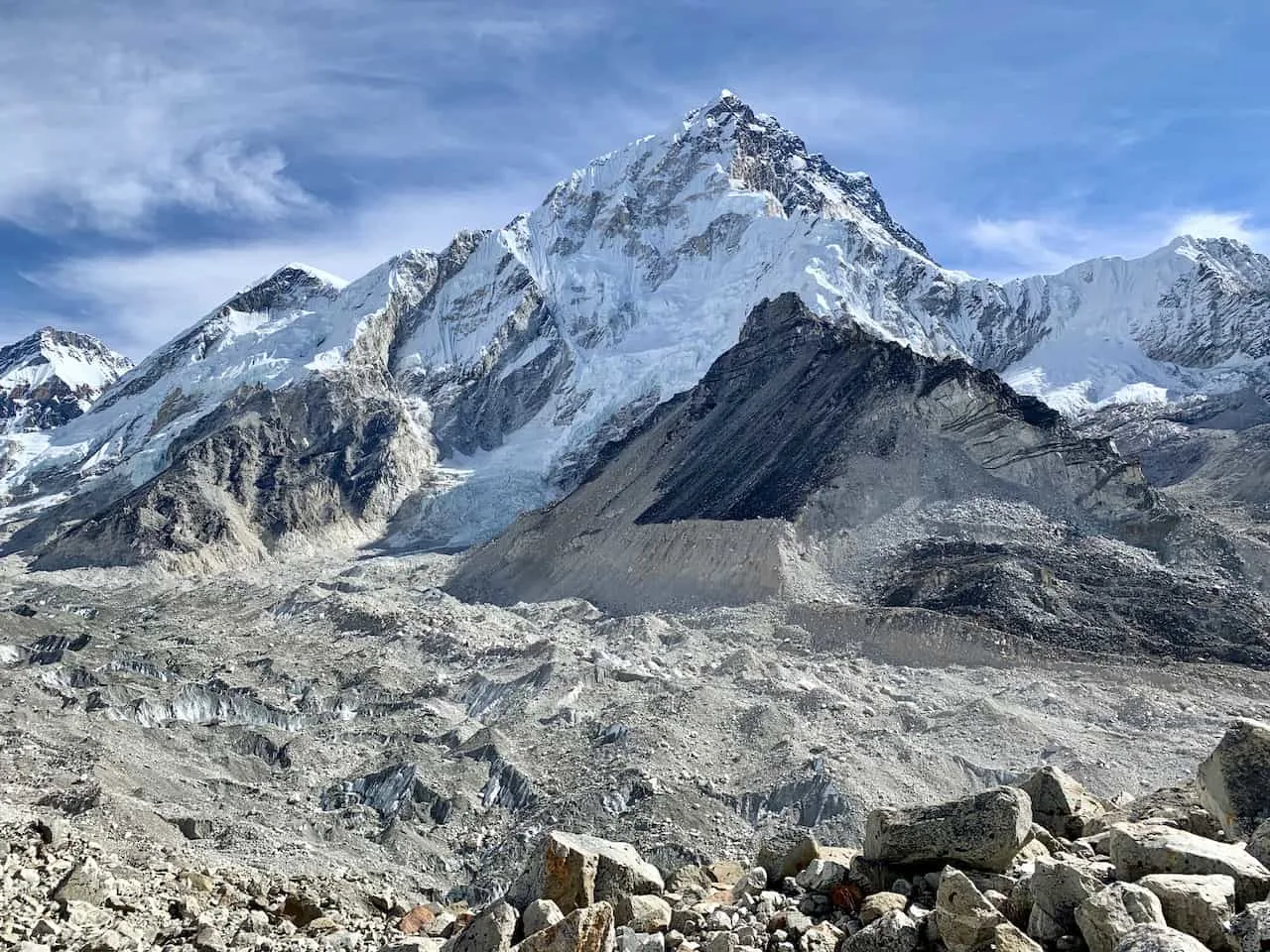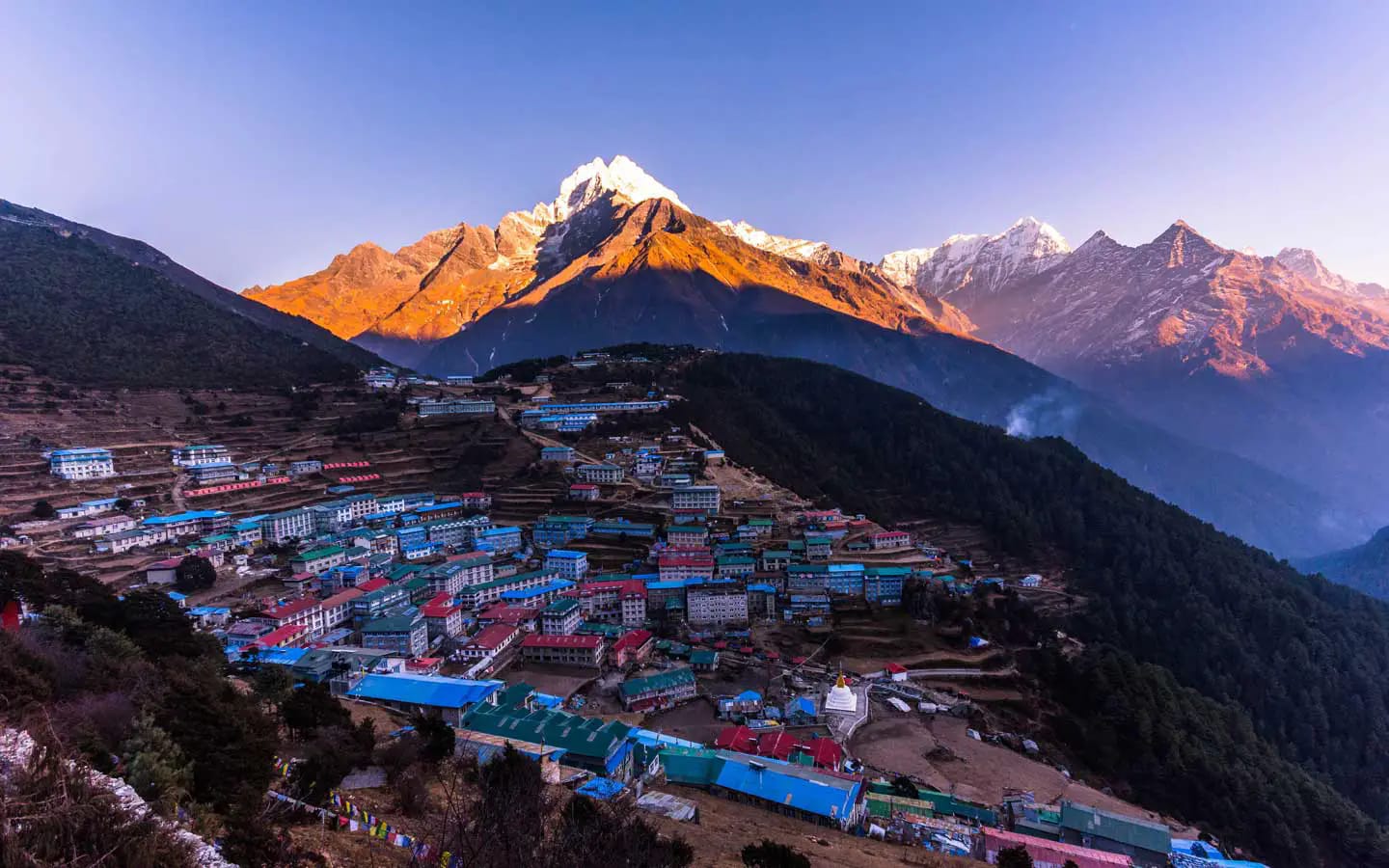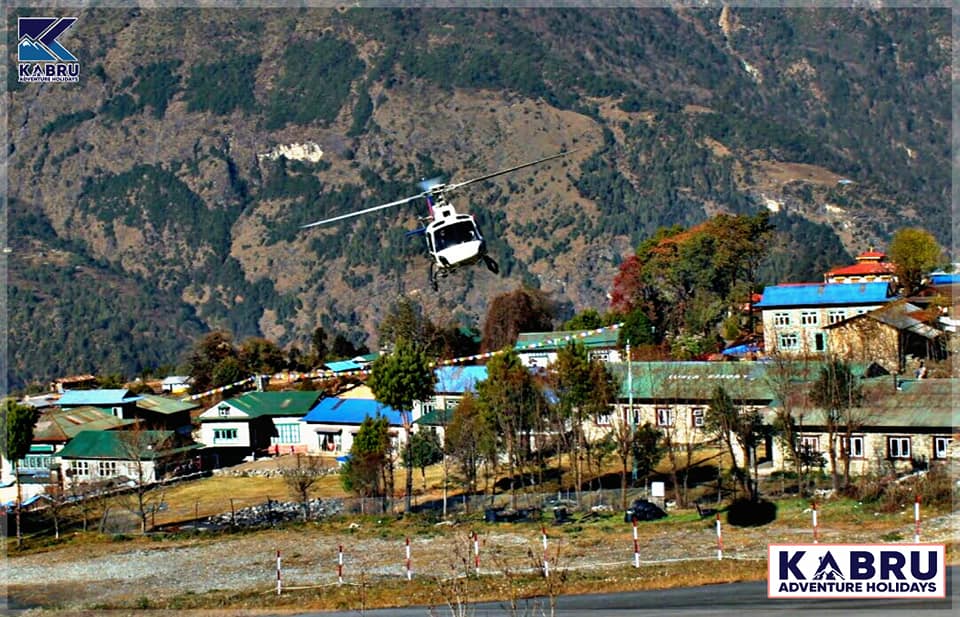Overview of Everest Base Camp Trek
Trekking to the Everest Base Camp is a unique chance to connect with nature and explore one of the most phenomenal landscapes in the world. It’s an unforgettable experience that immerses you in some of the highest mountains and lets you get up close and personal with some of Mother Nature’s best work.
The EBC trek offers astounding views of some of the world’s highest peaks, including Mt. Everest, Mt. Lhotse, and Mt. Nuptse. It also gives you a chance to explore conventional Sherpa and Tibetan culture and visit ancient monasteries along the way.
Whether you are seeking an adventure or want to take in some amazing views, this trek will surely provide a memorable experience!
Why should one go for the Everest Base Camp Trek?
Dare to embark on a thrilling trek to Mt. Everest, an adventure where you can witness mesmerizing views and natural wonders that will leave you speechless.
A journey to EBC presents you with the opportunity to marvel at its majestic beauty and witness the breathtaking splendor of its neighboring mountains. Moreover, you get to explore Sherpa settlements and meet their friendly people.
Hiking to EBC is an ideal way to push your physical and mental limits. With its steep ascents and descents, you’ll experience a challenge unlike any other.
Everest Base Camp trekking offers an unbelievable, never-to-be-forgotten experience. During the journey, you will witness incredible views – from soaring peaks to glaciers, forests, and traditional towns. This is a journey that brings something special for each individual!
Everest Base Camp Route
Make a memorable journey to the foot of Mount Everest, the tallest peak in the world, by taking a renowned trekking trail known as the Everest Base Camp Trek. Enjoy a unique adventure and explore this iconic destination. Starting at Lukla – a town located at an altitude of 2,860m, you will make your way up to Namche Bazaar – a bustling Sherpa community that serves as an entryway to this epic region.
From Namche, you will continue to ascend to Dingboche at an altitude of 4,410 m. You will traverse from Dingboche to Lobuche, Gorak Shep, and then Kala Patthar, where you will get the best views of Mount Everest. Finally, you will make your way to the Everest Base Camp, located at an altitude of 5,364m.
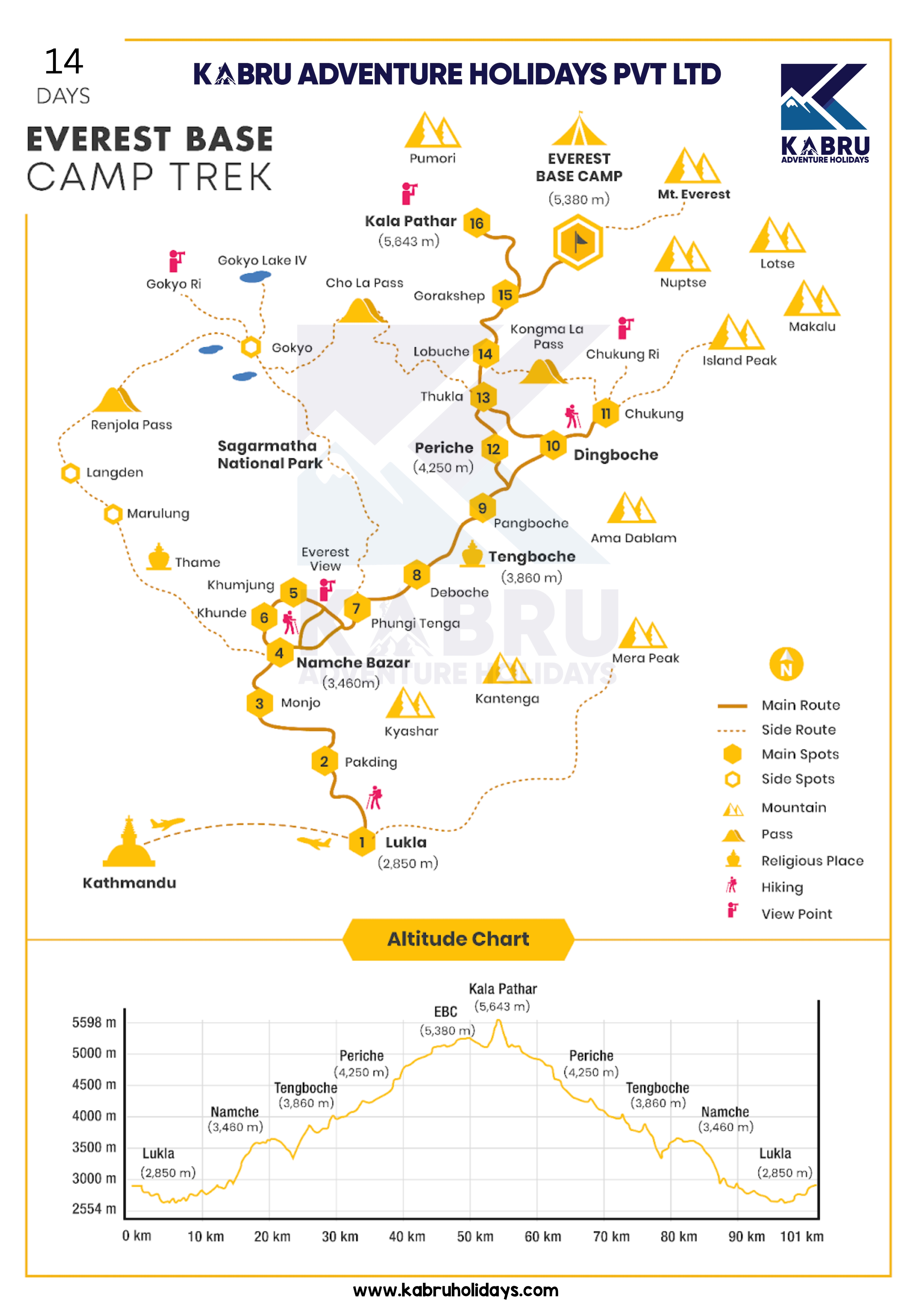
Best Seasons for Everest Base Camp Trek
The best seasons for the Everest Base Camp (EBC) trek are spring (March to May) and autumn (September to November). During these seasons, the weather is typically stable with clear skies, making the trekking experience more enjoyable. Temperatures are milder, and the stunning views of the Himalayan mountains are visible.
- Spring: Rhododendron flowers bloom, adding vibrant colors to the landscape. The weather is mild, and the skies are often clear, allowing for perfect photo opportunities.
- Autumn: This is one of the most popular seasons for trekking to Everest Base Camp. The weather is dry, and the skies are clear, ensuring stunning views throughout the journey.
Trekking during winter (December to February) presents challenges with freezing temperatures and snow, making it difficult to navigate some parts of the trail. Trekking during the monsoon (June to August) is also challenging due to heavy rainfall, which can cause landslides and slippery trails.
Trek Difficulty and Challenges
The Everest Base Camp trek, while physically demanding, is manageable with proper preparation and acclimatization. This trek covers a significant distance, involving long daily hikes through steep and rugged terrain. The trek is especially challenging because of the high altitude, with the base camp sitting at 5,364 meters (17,598 feet). Altitude sickness is a concern, and trekkers must follow proper acclimatization procedures to avoid its effects.
Key challenges:
- High altitude: Altitude sickness can occur due to the thin air at higher altitudes. Ascend slowly, rest regularly, and stay hydrated.
- Weather conditions: The weather can change rapidly in the mountains, so trekkers need to be prepared for unpredictable conditions.
- Physical stamina: While the trek is not technical, it requires good physical fitness, as it involves several days of continuous walking on rocky, uneven paths.
Trek Route and Distance
The standard route to Everest Base Camp starts from Lukla (2,840 meters) and follows a well-trodden path to Namche Bazaar, the main trading hub in the Khumbu region. From there, trekkers pass through Tengboche, Dingboche, Lobuche, and Gorak Shep before finally reaching Everest Base Camp.
The trek route offers stunning views of some of the world’s highest peaks, including Mount Everest, Ama Dablam, Lhotse, Nuptse, and many others. The route also passes through Sherpa villages, allowing trekkers to experience the unique culture and lifestyle of the region.
Route Overview:
- Lukla to Namche Bazaar: 11 km, 5-6 hours
- Namche Bazaar to Tengboche: 10 km, 5-6 hours
- Tengboche to Dingboche: 11 km, 5-6 hours
- Dingboche to Lobuche: 8 km, 4-5 hours
- Lobuche to Gorak Shep: 4 km, 3-4 hours
- Gorak Shep to Everest Base Camp: 5 km, 3-4 hours
The trek is approximately 130 km round trip, typically taking 12-14 days for the journey, with time set aside for acclimatization and rest.
Handling Altitude Sickness
Altitude sickness is a common concern for trekkers heading to Everest Base Camp. Symptoms include headache, nausea, dizziness, and difficulty breathing. It’s essential to take proper steps to acclimatize to the high altitude.
How to prevent altitude sickness:
- Acclimatization: Spend extra time in Namche Bazaar, Dingboche, and other high-altitude stops to adjust to the increasing elevation.
- Rest: Take rest days to allow your body to adapt to the altitude.
- Hydration: Stay well-hydrated throughout the trek, and avoid alcohol or smoking, which can worsen altitude sickness symptoms.
- Slow and steady: Walk at a slow, steady pace to avoid overexertion.
If symptoms worsen, it’s crucial to descend to lower altitudes immediately.
Physical Preparation for the Trek
While prior experience is not mandatory for the EBC trek, being physically fit is essential. Prepare your body by doing regular cardiovascular exercises such as hiking, jogging, or cycling. Train your muscles by walking on uneven terrain with a loaded backpack to simulate the trekking experience. Trekking to EBC involves long days of hiking, so stamina is key.
What to Expect on the EBC Trek
The EBC trek offers a blend of adventure, culture, and breathtaking natural beauty. Trekkers will be exposed to stunning views of Mount Everest and surrounding peaks, picturesque Sherpa villages, and ancient monasteries.
Key Highlights:
- Sherpa culture: Interact with Sherpas and learn about their unique culture and traditions.
- Monasteries: Visit famous monasteries like Tengboche Monastery, offering peace and insight into the spiritual life of the region.
- Wildlife: Spot wildlife like the Himalayan tahr, musk deer, and pheasants along the way.
- Stunning views: Experience panoramic views of Everest, Lhotse, Nuptse, and other majestic peaks.
The trek combines adventure with luxury. Stay in upgraded lodges, enjoy delicious meals, and benefit from the services of skilled guides and porters.
Group Size for EBC Trek
The Everest Base Camp trek is often done in smaller groups, usually 2-10 people, for a more personalized experience. Smaller groups provide the opportunity for better interaction with the locals and more flexibility in managing the trek. The guide’s attention can be more focused on the needs and well-being of each individual.
Accommodation, Food, and Drink
Accommodation along the EBC trek is provided in teahouses and lodges that offer simple but comfortable rooms. Higher-end lodges are available, particularly in places like Namche Bazaar and Lukla, where trekkers can enjoy more luxurious accommodations.
Meals: Trekkers are provided with three meals per day, ranging from local Sherpa dishes such as Dal Bhat and Momo to international options like pizza, pasta, and soups. The food is nutritious and designed to give trekkers the energy they need.
Water: Always drink purified or boiled water during the trek. It’s important to avoid consuming unfiltered water to prevent illness.
Helicopter Service
For those who prefer a quicker way to return from Everest Base Camp or have limited time, helicopter services are available. The flight from Gorak Shep to Kathmandu is an unforgettable experience, offering a bird’s-eye view of the mountains and glaciers.
Safety on the Trek
Safety is a top priority during the Everest Base Camp trek. Guides and porters are experienced, trained in first aid, and equipped with communication tools like satellite phones to ensure that help is available in case of an emergency. Travel insurance is highly recommended, especially with coverage for high-altitude trekking.
Internet Connectivity
Wi-Fi is available in some lodges along the route, but the signal may be weak or expensive, especially as you ascend to higher altitudes. Stay prepared for limited connectivity and enjoy the natural beauty without distractions.
Entry Permits for the EBC Trek
To trek to Everest Base Camp, trekkers need a Sagarmatha National Park permit and a TIMS card (Trekkers’ Information Management System). These permits are handled by the trekking company, saving time and hassle for trekkers.
Conclusion
The Everest Base Camp trek is an incredible adventure that combines physical challenges with unmatched beauty. Whether you’re an experienced trekker or a first-time hiker, the 15-day trek offers a chance to experience the majestic Himalayas, immerse in Sherpa culture, and reach one of the world’s most iconic destinations. The trek is not only about reaching the base camp but also about the journey and the memories created along the way.



